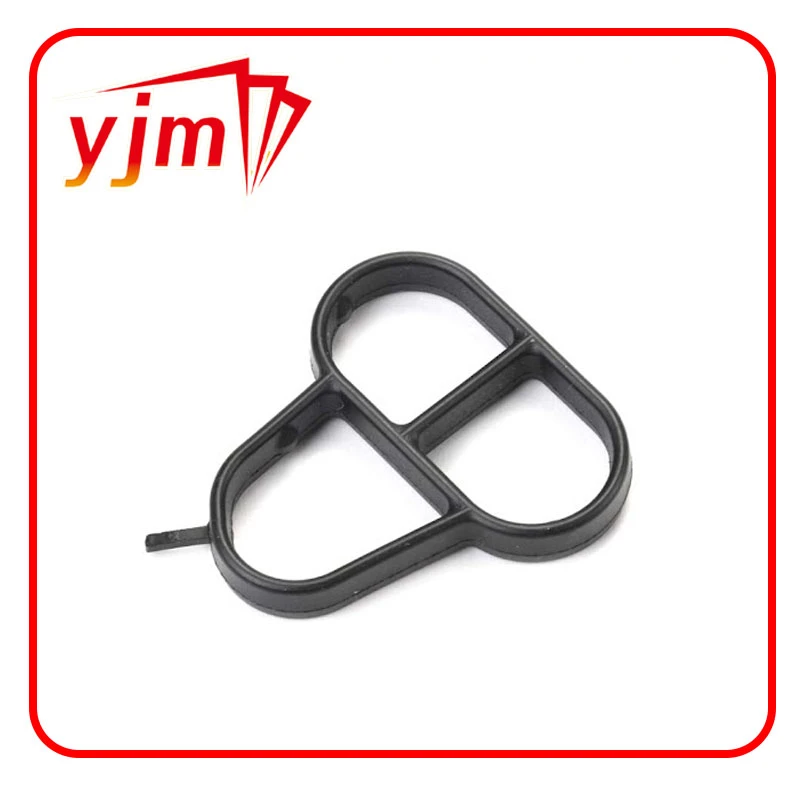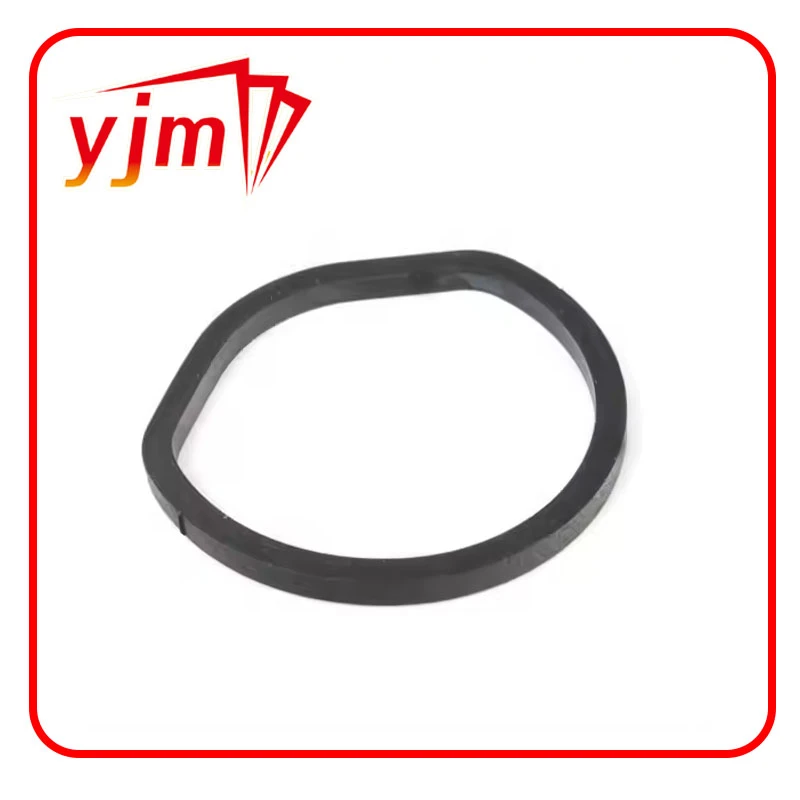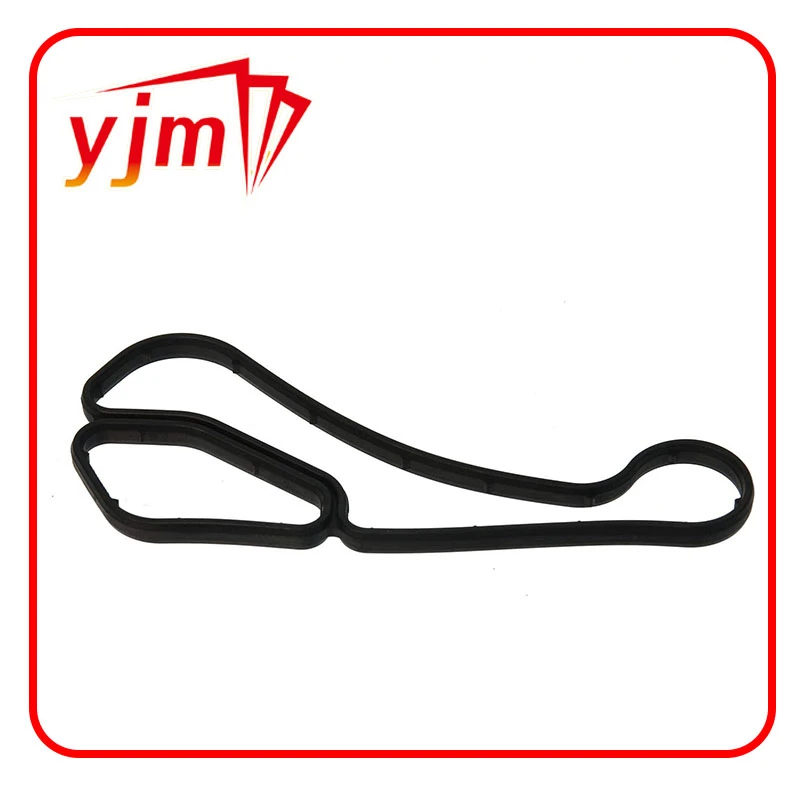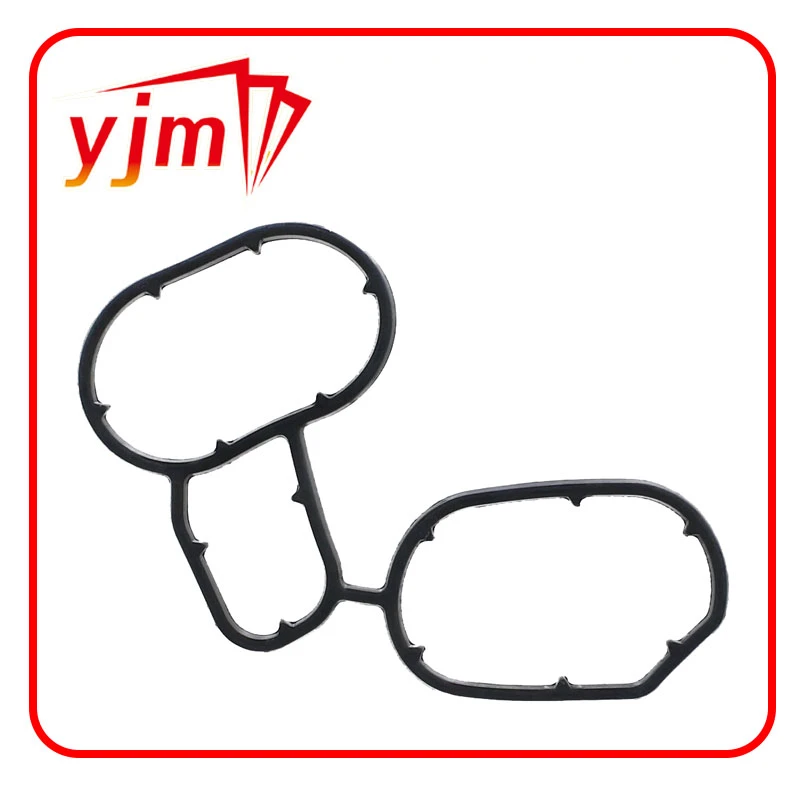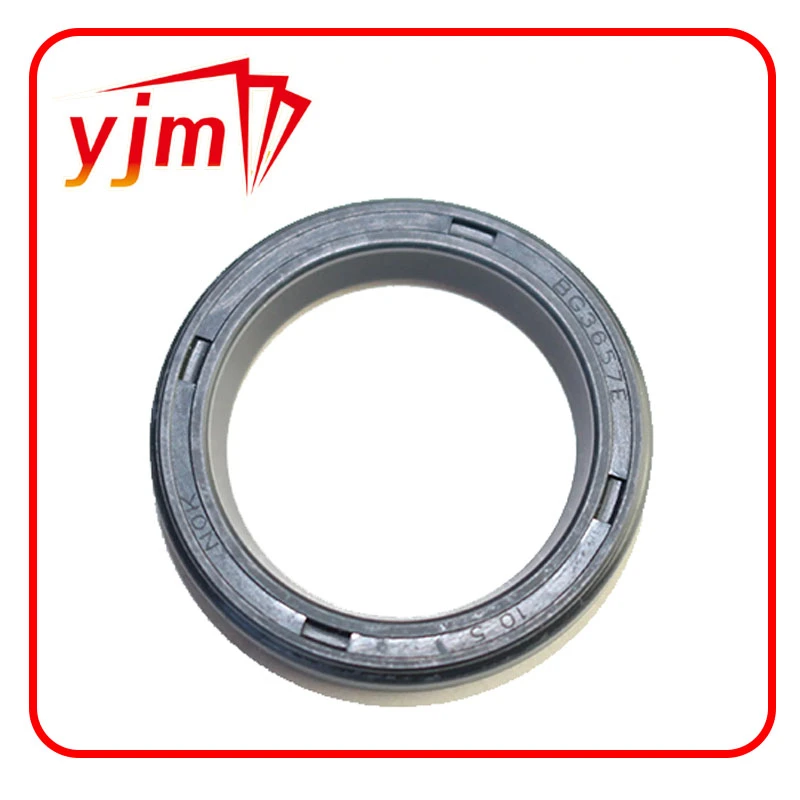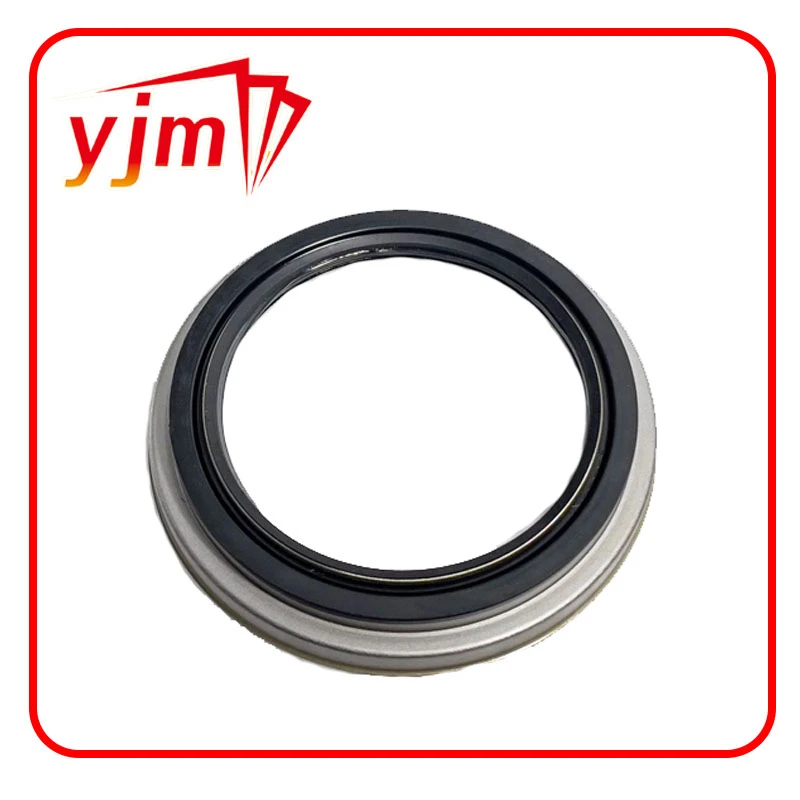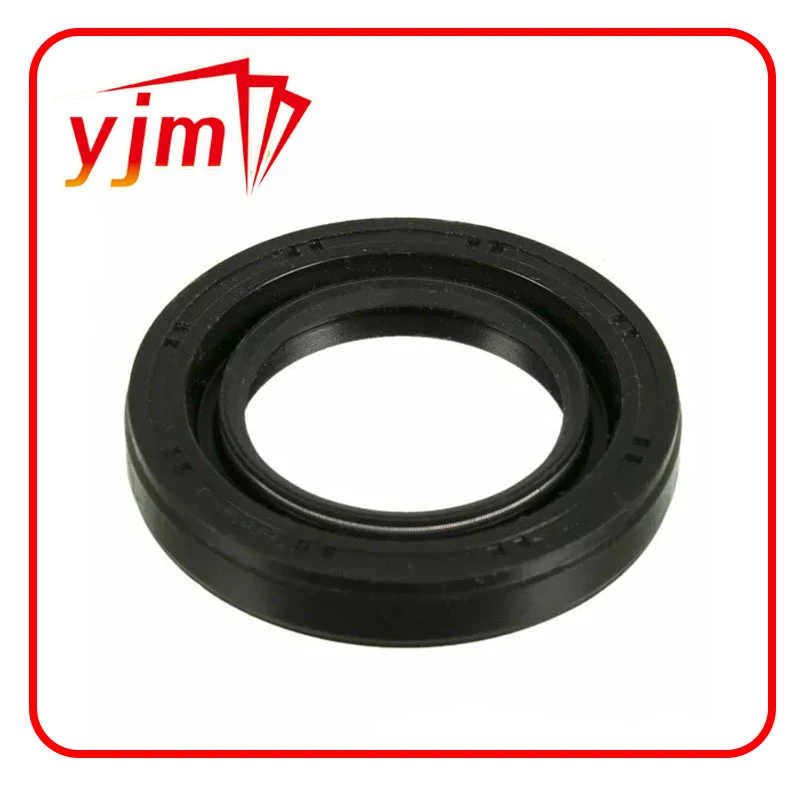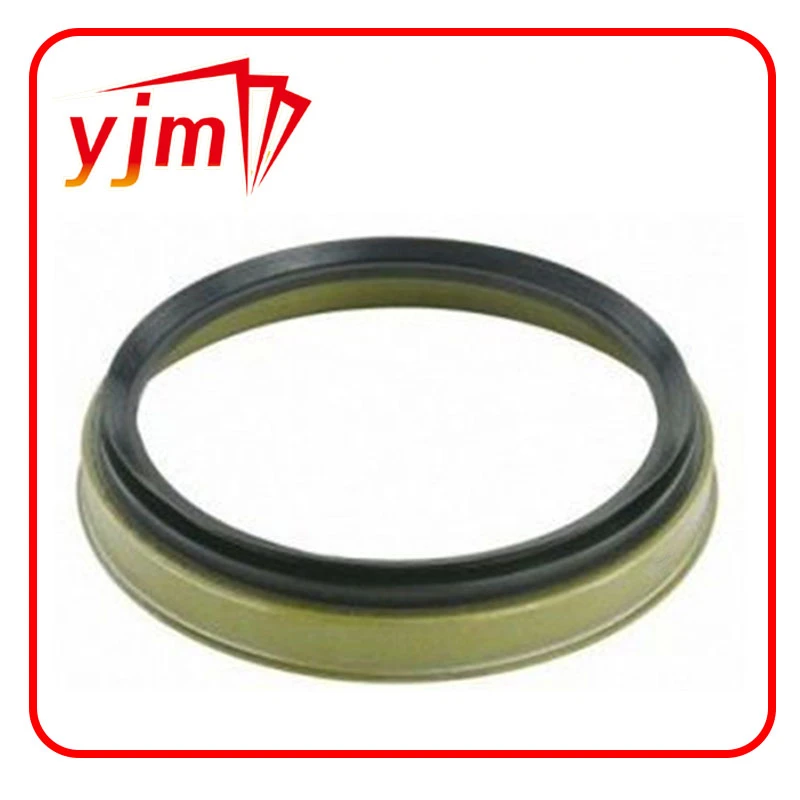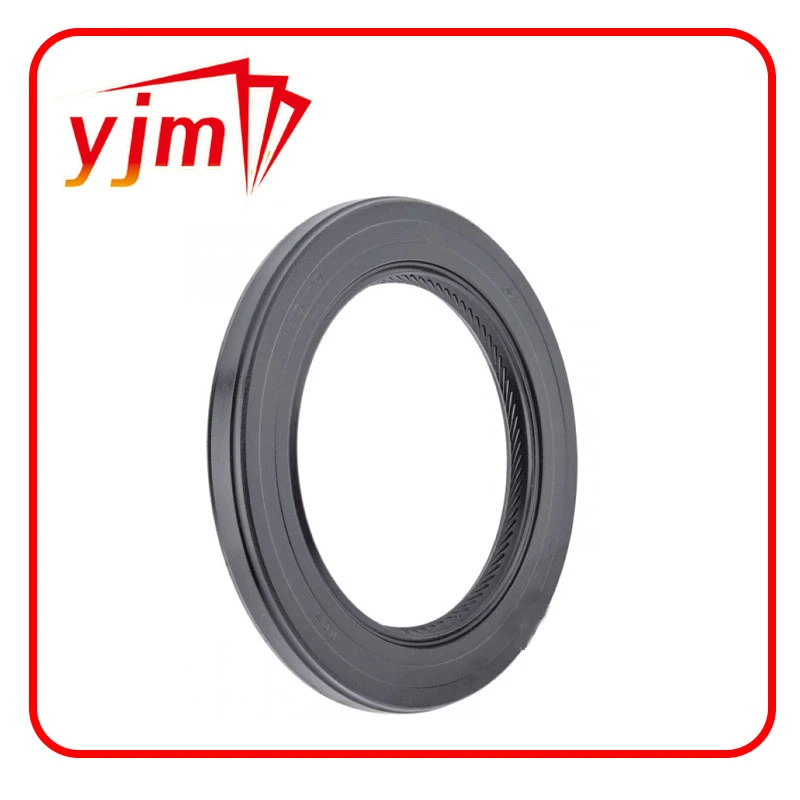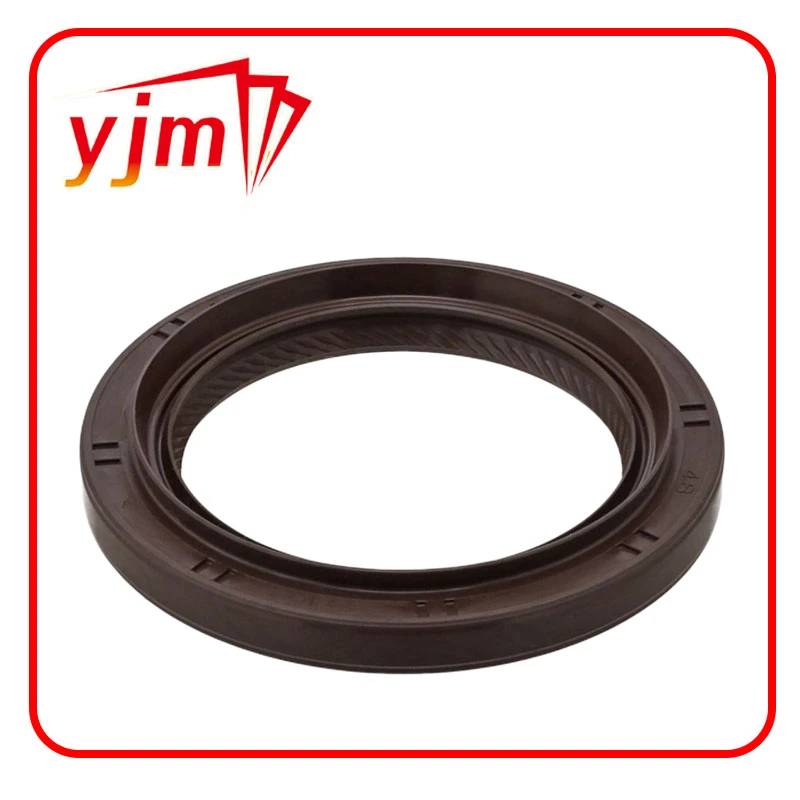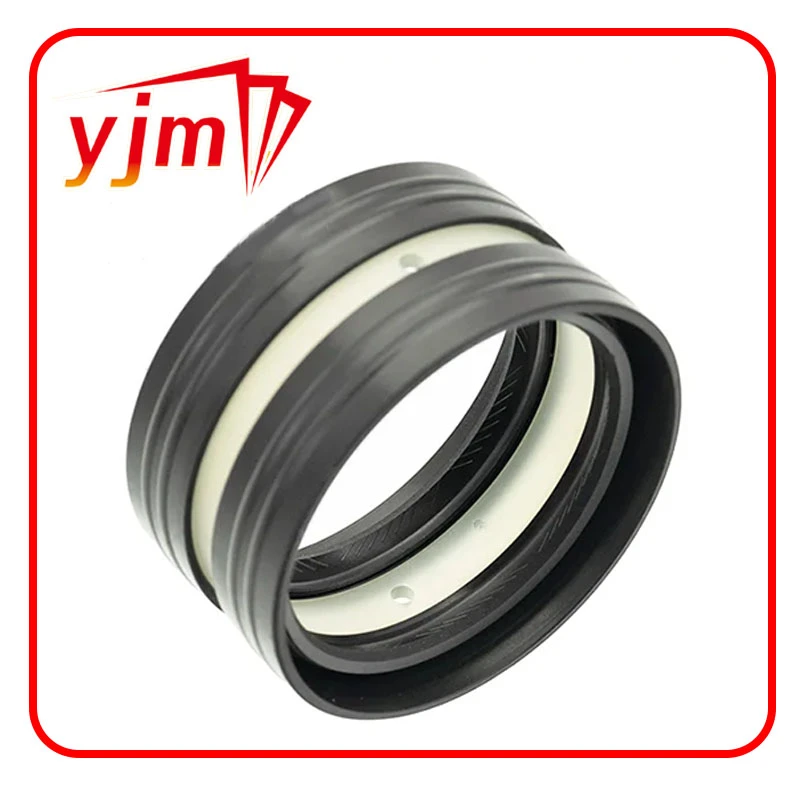Replacement Seals for Steering Gearboxes to Prevent Leakage and Improve Performance
Understanding Steering Gear Box Seals Importance and Functionality
The steering system in any vehicle is crucial for ensuring safety and control. Among the integral components of this system is the steering gear box, which converts the rotational motion of the steering wheel into the linear motion required to turn the wheels. A key element within this mechanism is the steering gear box seal, a small yet vital component that plays an essential role in ensuring the efficient operation and longevity of the vehicle's steering system.
What Is a Steering Gear Box Seal?
A steering gear box seal is designed to prevent the leakage of lubricants within the steering gear box while also keeping contaminants at bay. This seal maintains the internal pressure necessary for the effective operation of the steering gear. Typically made from durable materials such as rubber or synthetic compounds, these seals are engineered to withstand various conditions, including temperature fluctuations, exposure to oils, and mechanical wear.
The Importance of Steering Gear Box Seals
1. Prevention of Leaks
One of the primary functions of a steering gear box seal is to prevent leaks of the steering fluid, which is essential for lubrication and smooth operation. If the fluid leaks, the steering system can become less responsive, resulting in increased wear and tear on the internal components. This can lead to more severe issues, requiring costly repairs or replacements.
2. Protection from Contaminants
In addition to preventing fluid loss, steering gear box seals also protect the gear box internals from dirt, debris, and other contaminants. The presence of foreign particles can lead to abrasion and damage within the gear box, leading to premature failure of the system. By ensuring a tight seal, the integrity of the steering fluid and the components within the gear box is maintained.
steering gear box seal

3. Enhanced Performance and Longevity
A well-functioning steering gear box seal contributes to the overall performance of the steering system. It allows for smooth steering response, better handling, and improved vehicle control. Furthermore, by preventing leaks and contamination, these seals help extend the lifespan of the steering gear box, ultimately saving vehicle owners money on maintenance and repairs.
Signs of a Failing Steering Gear Box Seal
Even the most robust seals can wear out over time, leading to potential issues. Here are some common signs that your steering gear box seal may be failing
- Fluid Leaks The most obvious indication is the presence of power steering fluid beneath the vehicle. This can signify that the seal has worn out and is no longer doing its job. - Increased Steering Difficulty If you notice that steering has become more cumbersome or less responsive, it may be due to low power steering fluid levels caused by a failing seal.
- Unusual Noises Grinding or whining noises can also be a symptom of inadequate lubrication in the steering system, potentially resulting from a damaged seal.
Maintenance and Replacement
Regular maintenance of your vehicle's steering system is critical to prevent issues with the steering gear box seal. It's advisable to have the steering fluid checked and replaced as part of your routine service, and to have the steering gear box inspected regularly. If any signs of failure are detected, it's crucial to replace the seal promptly to avoid more significant problems.
In summary, the steering gear box seal is a small but vital component of the steering system. Its role in preventing fluid leaks and protecting against contaminants is essential for maintaining the performance and longevity of the steering gear. Vehicle owners should remain vigilant for signs of wear and ensure regular maintenance to keep their steering systems functioning optimally. By understanding the importance of this often-overlooked component, drivers can take proactive steps to safeguard their vehicle's performance and safety on the road.
-
The Ultimate Guide to Boat Propeller Bearings and Trailer Wheel Bearings
News Jul.31,2025
-
The Essential Guide to Marine Bearings and Boat Trailer Wheel Bearings
News Jul.31,2025
-
The Complete Guide to Heavy Duty Seals: Protecting Doors and Spaces Efficiently
News Jul.31,2025
-
Essential Guide to Marine Shaft Bearings and Boat Trailer Axle Bearings
News Jul.31,2025
-
Comprehensive Guide to Marine and Trailer Bearings for Safe Boating and Transport
News Jul.31,2025
-
Comprehensive Guide to Automotive Oil Seals: Protecting Your Engine and Shafts
News Jul.31,2025
-
Understanding Automotive Oil Seals: Essential Components for Engine and Shaft Protection
News Jul.30,2025
Products categories

